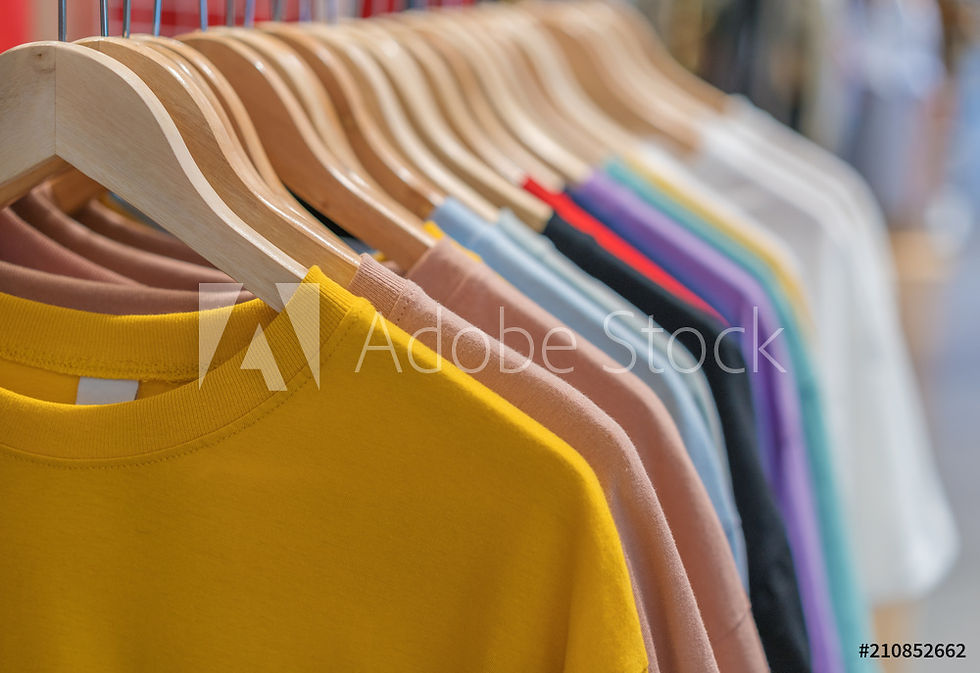The Rise of Second Hand Fashion
- mbecerra01
- Aug 21, 2024
- 2 min read

In recent years, a significant shift has taken place in the fashion industry. Second-hand fashion, often referred to as thrifting, is on the rise, with more people than ever embracing it. But what is driving this movement, and why is it resonating so strongly with today's consumers? Let's explore the factors behind the growing popularity of second-hand fashion.
Sustainability and Environmental Awareness
One of the primary drivers of the rise in second-hand fashion is the increasing awareness of environmental issues. The fast fashion industry is one of the largest polluters in the world, contributing to water pollution, carbon emissions, and textile waste. Fast fashion exacerbates these problems by encouraging a throwaway culture. Consumers are becoming more conscious of the environmental impact of their purchasing decisions. Thrifting offers a sustainable alternative, allowing individuals to reduce their carbon footprint and divert clothing from landfills. By choosing second-hand items, shoppers can support a circular economy.
Unique and Individual Style
In a world of mass-produced clothing, many people are seeking ways to stand out and express their individuality. Thrift stores offer a diverse mix of items, from vintage pieces to designer finds. This variety allows shoppers to curate a wardrobe that reflects their personal style, often at a fraction of the cost of new clothing. The thrill of finding one of a kind items that can't be found in mainstream stores adds to the appeal of thrifting.
Economic Benefits
Thrifting is not only good for the enviro
nment but also for the wallet. Second-hand stores typically offer high-quality clothing at significantly lower prices than new items. For budget-conscious shoppers, this means they can afford better-made garments without breaking the bank. Additionally, the rise of second-hand fashion supports local economies. Many thrift stores are run by charities or small businesses that reinvest profits into community projects or social causes.
Quality and Craftsmanship
Many thrifted items are older pieces that were made before the rise of fast fashion. These pieces often feature higher quality materials and craftsmanship, designed to last longer than today's mass-produced clothing. By purchasing second-hand, shoppers can find durable, well-made items that offer better value over time.
The rise of second-hand fashion represents a profound shift in how we approach clothing consumption. Driven by increasing environmental awareness, economic benefits, and a desire for unique, individual style, thrifting is transforming the fashion industry. Second-hand fashion not only offers a sustainable alternative to fast fashion but also promotes ethical practices and supports local economies. So next time you're looking for a wardrobe refresh, consider visiting your local thrift store!
.png)





Comments